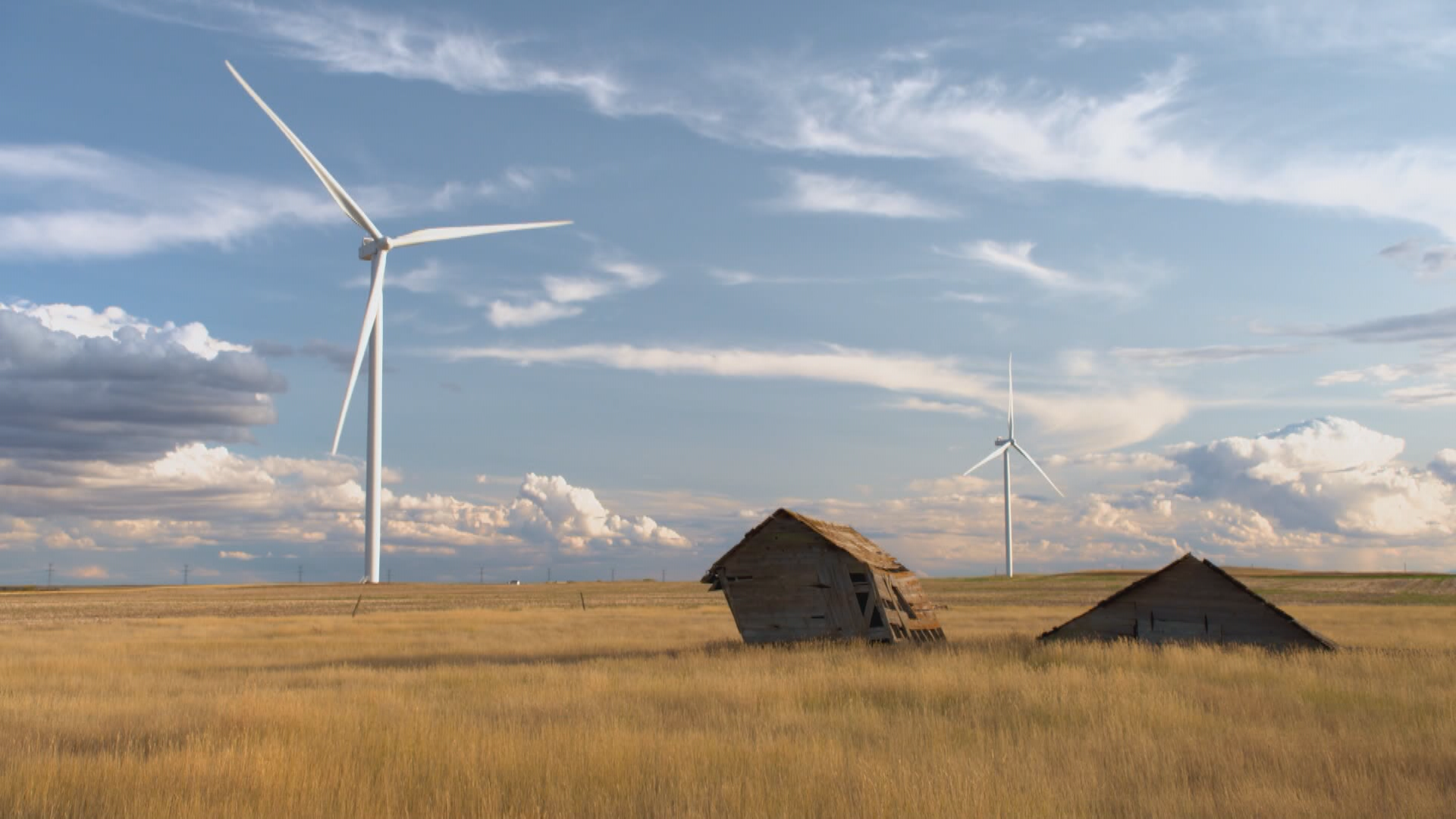Cardston County in southern Alberta has long depended on agriculture and tourism for revenue but wind energy is an emerging economic factor.
So, news that TransAlta is now cancelling a large wind power project planned for the area is a financial setback to the county.
“The project would’ve contributed millions and millions of dollars to the coffers of Cardston County. That’s no longer on the table so that is a pretty big blow. That money would’ve been used for multiple purposes,” said Cardston County Reeve Randy Bullock.
TransAlta CEO John Kousinioris said Friday that the 300-megawatt Riplinger project near Cardston in southern Alberta will no longer proceed.
He said,“(The project) has been impacted by the new restrictions on development near protected areas and pristine views and will not be advanced.”
Bullock said the majority of Cardston County Council was anticipating this investment.
“TransAlta would have been a willing participant like others, which would have contributed massively to the county tax coffers,” Bullock said.
He said it’s becoming harder to find money to fund projects without implementing major tax burdens on area residents.
“The County Council is doing everything possible not to be a tax burden on individuals. We want to stay out of people’s pocketbooks. We are also very reluctant to borrow money to pay for infrastructure improvements across the county. We would like to build water treatment facilities, more regional water lines, along with paving roads and other capital expenditures,” Bullock said.
The email you need for the day’s
top news stories from Canada and around the world.
The provincial government has played a role in taking away some ability to be self-reliant, says Bullock. The ability to attract and tax renewable energy projects has been eroded, he adds.
“Projects will have to be put on hold until the province comes to the table and provides grant funding. We don’t want to continue to be a municipality with our hand out always asking for a grant or financial contributions. We want to be able to do projects on our own,” Bullock said.
“If we’re looking to expand the economy and if we’re looking to move beyond essentially what is a two city dominated province and we want growth outside those two cities, this is not helpful,” said Concordia University economics professor Moshe Lander.
Lander said the Alberta government needs to be welcoming more sources of energy not discouraging them.
“When Alberta is talking about electricity overload and we’re talking about blackouts, that type of thing can be become a more regular type of occurrence when you’re not on boarding electricity and energy from where ever it comes from. Who cares if it’s wind or solar,” Lander said.
TransAlta has also to put three other developments on hold, as the government goes through a redesign of the province’s electricity market.
TransAlta’s CEO says they’re paused until the company gets sufficient clarity.
“Without these rules and clarifications it really hampers investment,” said Pembina Institute senior analyst Jason Wang.
“The government of Alberta is restructuring the energy markets. It’s changing the rules of how companies are able to earn revenue. That is what TransAlta cited for pausing development of their other projects which include a battery project and a gas project too,” Wang said.
Those projects include the 100 MW Tempest wind project, the 180 MW WaterCharger battery storage project and the 44 MW Pinnacle gas development.
The potential investment date has been pushed out until at least 2026.
“There’s still tremendous uncertainty in the Alberta electricity space because of the government announcements and because the sector is still waiting for the government to come up with final details for all of the restrictions they announced. This is still in effect, maintaining a soft moratorium for the renewable energy sector in Alberta,” Wang said.
The province says Alberta continues to attract investment and new projects with over 3,000 MW of wind projects currently under construction.
According to a statement from the Ministry of Affordability and Utilities those renewables projects and the addition of Cascade (900 MW), Suncor (850 MW), and the conversion of Genesee from coal to natural gas (1332 MW) are changing the competitive landscape.
“Investors will make decisions based on market need and their view to project viability. Like TransAlta said, Alberta’s changing energy landscape requires long term solutions, and our government’s market restructuring and additional policy corrections are desperately needed to provide stability, reliability, and affordability for our electrical needs now and into the future,” said Nathan Neudorf, Minister of Affordability and Utilities in a statement on Sunday.
Bullock said his county hopes to get the attention of the premier and their MLA and any other ministers who make decisions regarding the allocation of funds.
“We will expect the government to come to the plate and fund projects within our municipality in a larger way. We will be asking the government to please bring your cheque book next time you visit us here in southwest Alberta when you enjoy our vast view scapes. We need your financial assistance “
Bullock said there were people opposed to the wind farm. He said the biggest concern was not wanting to look at windmills.
In recent years the county adopted a renewable tax incentive bylaw, which was geared at attracting investment to our municipality.
Bullock said they will be reviewing that bylaw which is still active to make any adjustments that may be needed going forward.
© 2024 Global News, a division of Corus Entertainment Inc.


